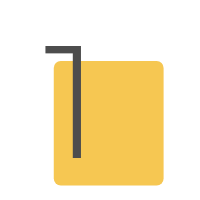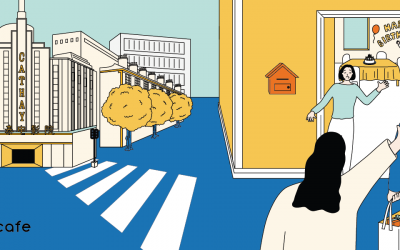In today’s video, we are going to talk about its structure and when to use it.
1. WHEN DO WE USE IT?
We use “是…的” (shì…de) whenever we talk about things and events that have already happened and want to emphasize time, place, method, person or purpose.
But note that we only use it when this event has already happened or been completed in the past.
2. WHAT IS THE STRUCTURE OF THE SENTENCE?
The structure of the sentence is:
Subject + 是 (shì) + time/ place/ method/ person/ purpose + verb + 的 (de)
3. EXAMPLES

Let’s emphasize “time” ⏳:
Tā shì zuótiān lái Shànghǎi de.
He came to Shanghai last night.

“Place” 🌏:
Wǒmen shì zài Shànghǎi jiàn de.
We met in Shanghai.

“Method” ✈️:
Wǒ péngyou shì zuò fēijī lái de.
My friend came by plane.
“Person” 👫:
Wǒ shì gēn tóngxué yīqǐ dǎ wǎngqiú de.
I played tennis with my classmate.”
“Purpose” 🚩:
Wǒ shì lái sòng kuàidì de.
I came here to deliver a package.
What do you think of “是…的”?
Can you make a sentence using this structure? Share your thoughts in the comments below!
View this post on all our social media accounts – and see how other learners have replied to it! 👉



